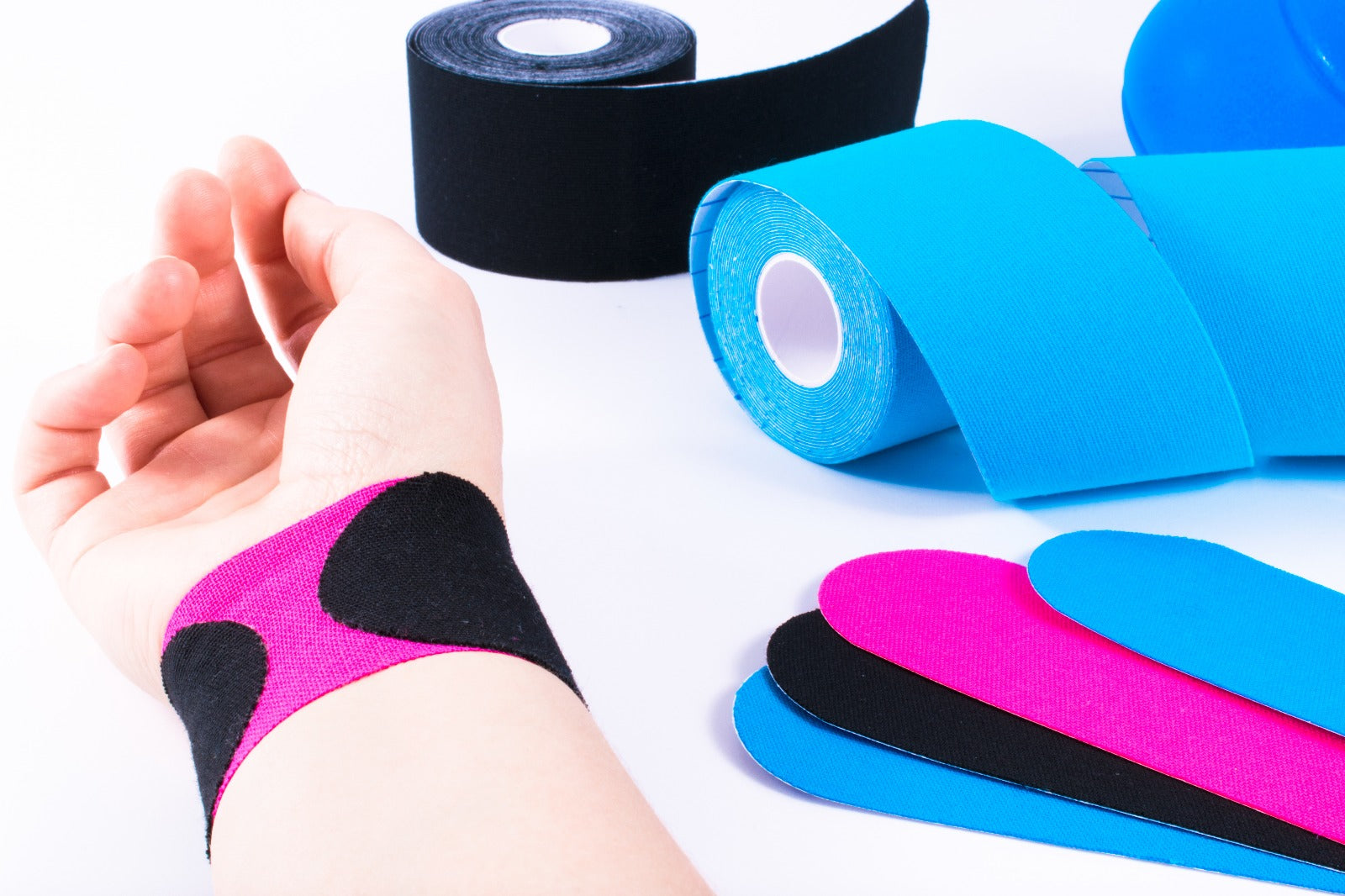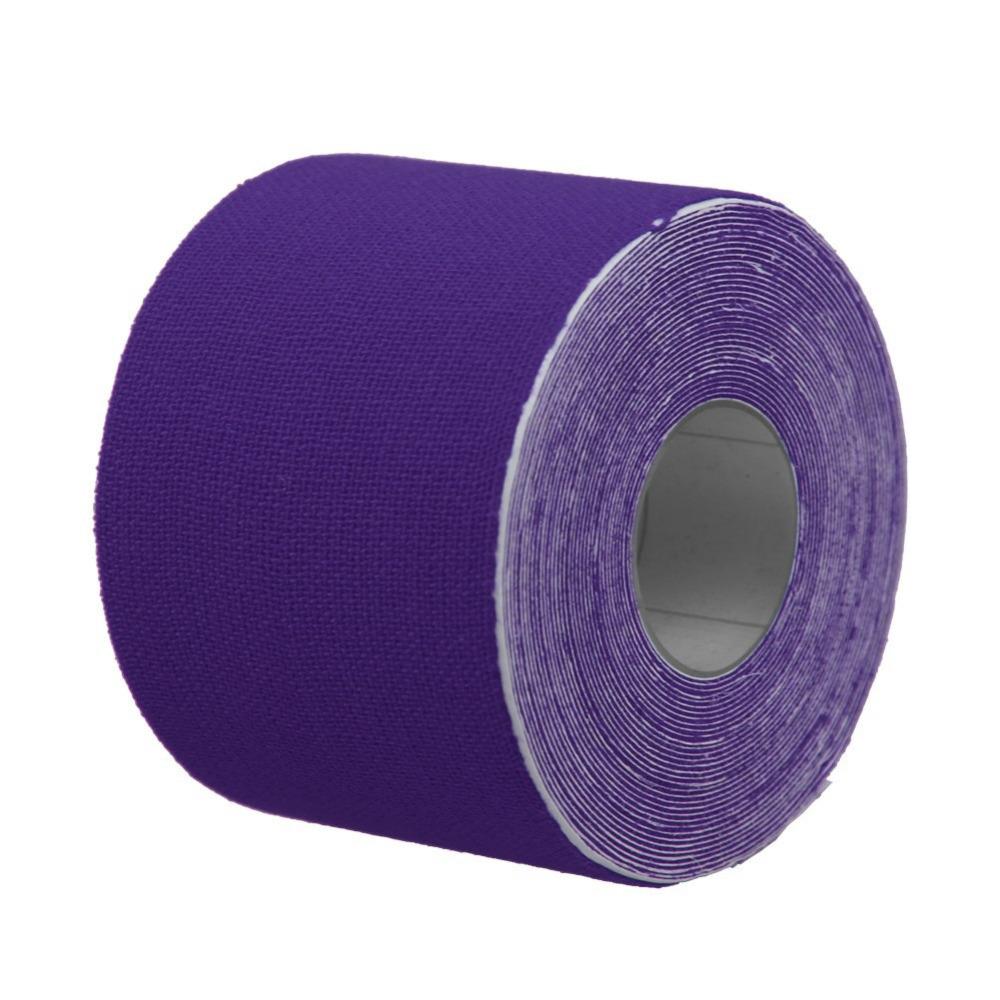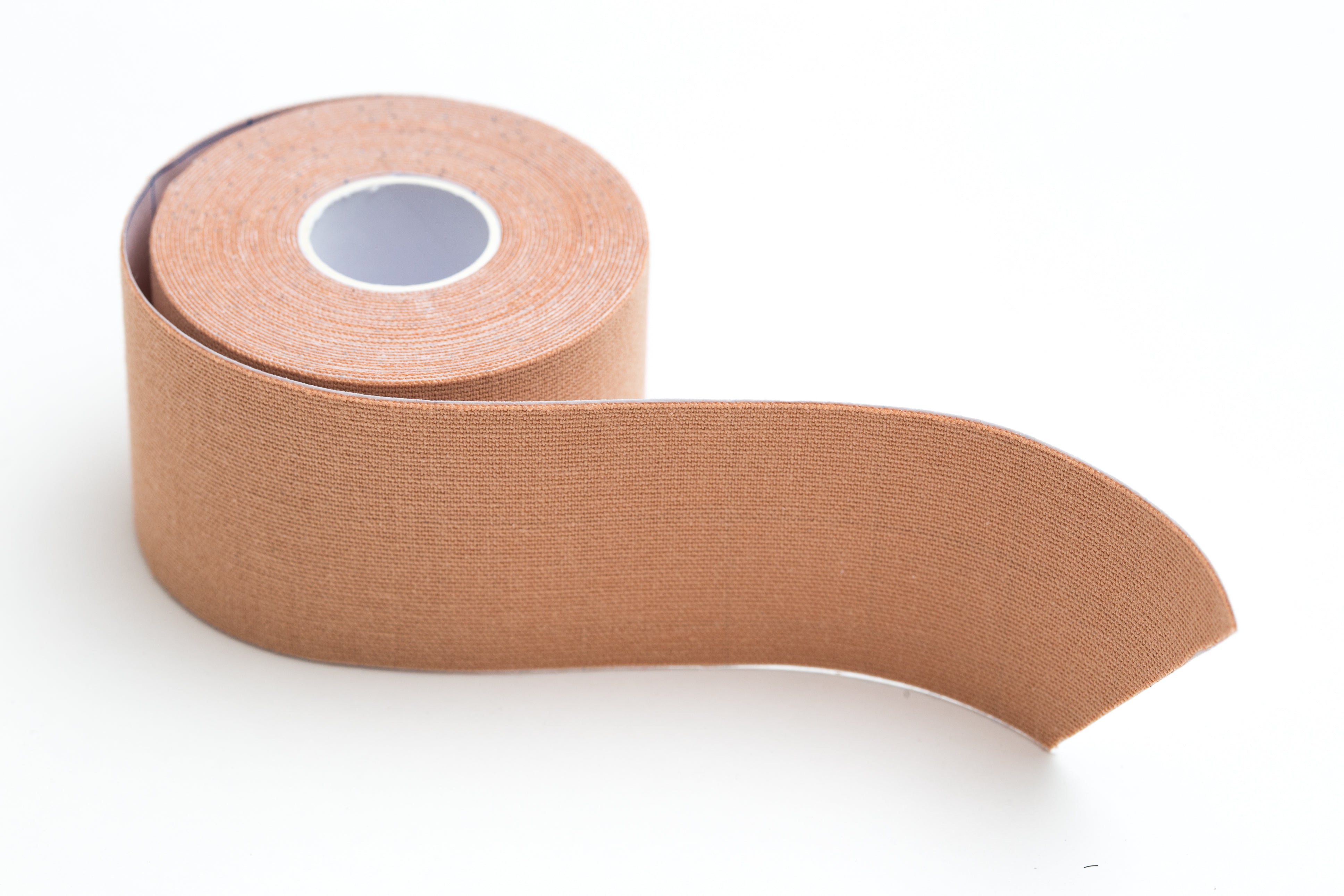
Only fully stretch the center section of the tape and apply the final few inches on either end with no stretch at all.

#KINESIOLOGY TAPE SKIN#
Clean the skin carefully before applying the tape, using rubbing alcohol, hand sanitizer, or a pre-taping skin cleaner.Below are some do’s and don’ts for applying this kind of tape. Many factors can impact the effectiveness of kinesiology tape. This creates heat and helps the adhesive work properly. To finish, give all of the tape a rub to create friction.Apply 50% stretch to the section of tape that runs alongside the knee. This piece should run down the inner edge of the knee cap and wrap around the front of the knee. Slowly remove the backing and gradually apply the tape down the inside of the thigh with 25% stretch.Apply it next to the top of the second piece on the opposite side of the thigh.

Take the final piece and remove the backing off one end.This piece should run down the outer edge of the knee cap and wrap around the front of the knee. Slowly remove the remaining backing and gradually apply the tape down the outside of the thigh with 25% stretch.Once this is in place, stick the top end of the tape to the thigh to provide an anchor point. Lay the tape down the thigh until the other end sits just below the outer side of the knee cap. Take a new piece of tape and peel the backing off one end.

Place the second half of the tape on top of the first half with 80% stretch.Place the first half of the piece of tape horizontally just below the knee cap.You will be left with two smaller pieces of tape.
#KINESIOLOGY TAPE FULL#
#KINESIOLOGY TAPE HOW TO#
The participants wearing the kinesiology tape reported reduced pain and joint stiffness and improved knee function, unlike the participants who wore a sham tape.Īnother small 2019 study involving 10 older adults with knee OA found that using kinesiology tape on the knee had a positive effect on pain reduction, walking, and balance.Ī person may find it useful to tape the knee if they are experiencing:īelow is a step-by-step guide on how to provide full knee support using kinesiology tape. The study authors found that the kinesiology tape resulted in better pain relief, improved walking, and improved knee-flexion range of motion, compared with the placebo tape.Ī 2019 study following 141 participants with knee OA showed that wearing kinesiology tape for 3 consecutive days was beneficial. Half the participants received kinesiology tape, and the other half received a placebo tape. One small 2017 study involved 42 people with knee osteoarthritis (OA). A person can apply the tape to help reduce pain and improve their range of motion. Kinesiology tape may be an effective treatment for knee arthritis. This can result in the breakdown and gradual loss of joint cartilage, which can cause a person to experience pain and difficulty moving.

Does kinesiology tape help with knee arthritis?Īrthritis causes inflammation in the joints.


 0 kommentar(er)
0 kommentar(er)
